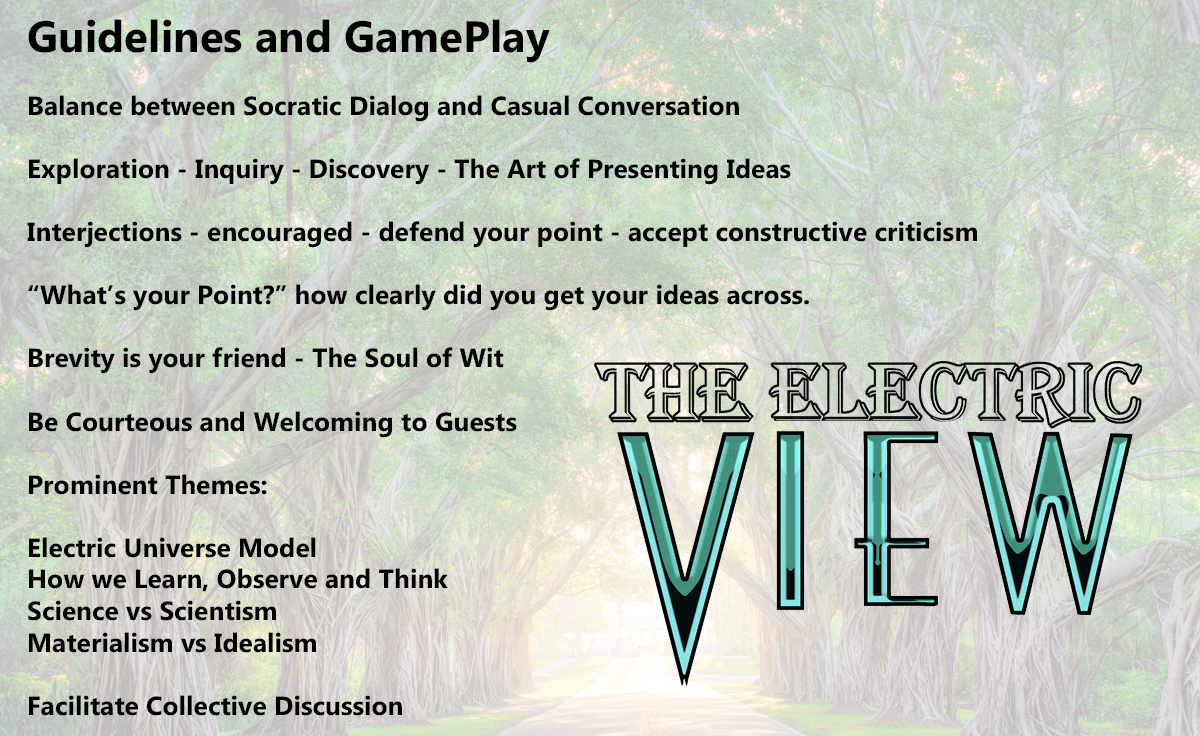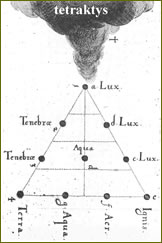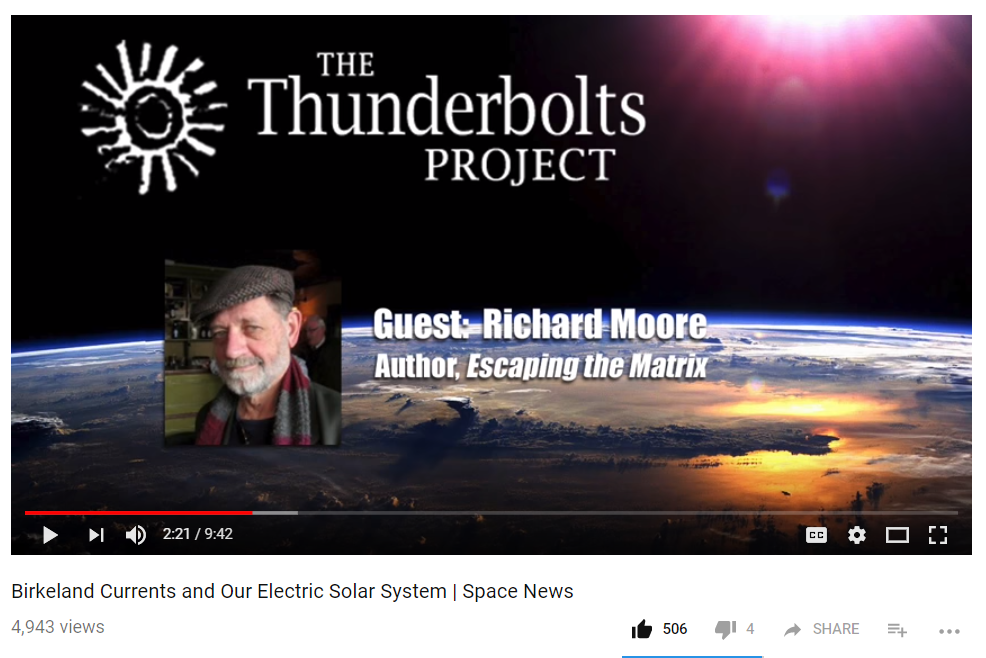033 EU Meetup May 15th, 2018
032 EU Meetup May 8th, 2018
Ken Wheeler – The Pythagorean Tetraktys
“Some called the Tetraktys the great oath of the Pythagoreans, because they considered it the perfect number, or even because it is the principle of wholeness; among them is Philolaus.
“The number 10 is complete at 4” “To him that gave to our generation the Tetraktys, which contains the fount and root of all eternal nature”
“Arithmetic, geometric, and harmonics were the three principles by which the Divine Artifice proportioned out the world soul”
Number is the first principle, a thing which is undefined, incomprehensible, having in itself all numbers which could reach infinity in amount. And the first principle of numbers is in substance the first Monad, which is a male monad, begetting as a father all other numbers. Secondly, the Dyad is a female number, and the same is called by the arithmeticians even.
Thirdly, the Triad is a male number; this the arithmeticians have been wont to call odd. Finally, the Tetrad is a female number, and the same is called even because it is female. ….
Pythagoras said this sacred Tektractys is: `the spring having the roots of ever-flowing nature.’…. the four parts of the Decad, this perfect number, are called number, monad, power and cube. And the interweavings and minglings of these in the origin of growth are what naturally completes nascent number.
031 EU Meetup May 1st, 2018
Golden Ratio in Life and Science
So called empty space is most likely structured. Buckminster Fuller already considered the possibility that the geometric structure of space was given by his Isotropic Vector Matrix (IVM): a network of interconnected tetrahedra and octahedra with a Vector Equilibrium in its center. This is what I have called the inner structure of Metatron’s Cube, a structure that scales inwards and outwards, and whose cartesian coordinates can be derived exclusively from integer and rational numbers, in fact from powers of 2 and 3 as in Aristoxenus musical scale. For Fuller, the IVM was a conceptual framework describing the symmetry of space, with which energy events could interact through its jitterbug property, producing a radiating wave of activity [3, p.192]. So the hypothesis is that, depending on the frequency of the sound source, a different geometric energy propagation pattern takes place in empty (structured) space. This geometric pattern may not captured by microphones, but it may interact with the subtle bodies of human beings, and it may be the source of the inherent qualities of sound that we are able to perceive but not yet to quantify.





















